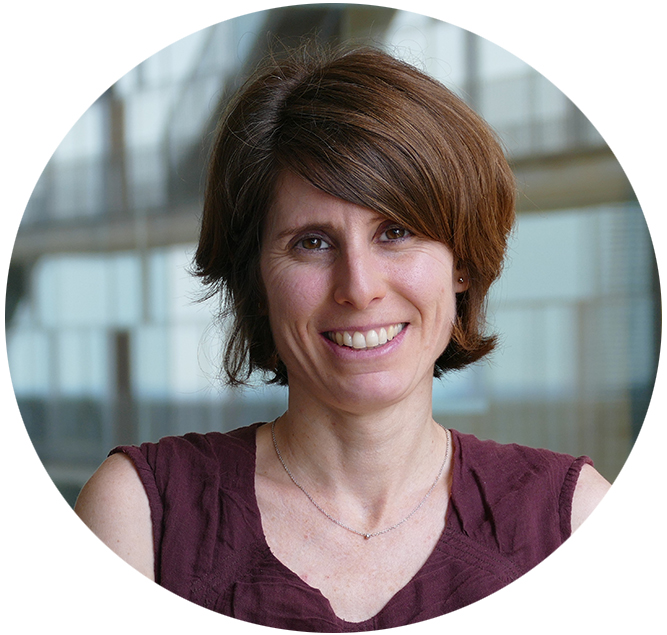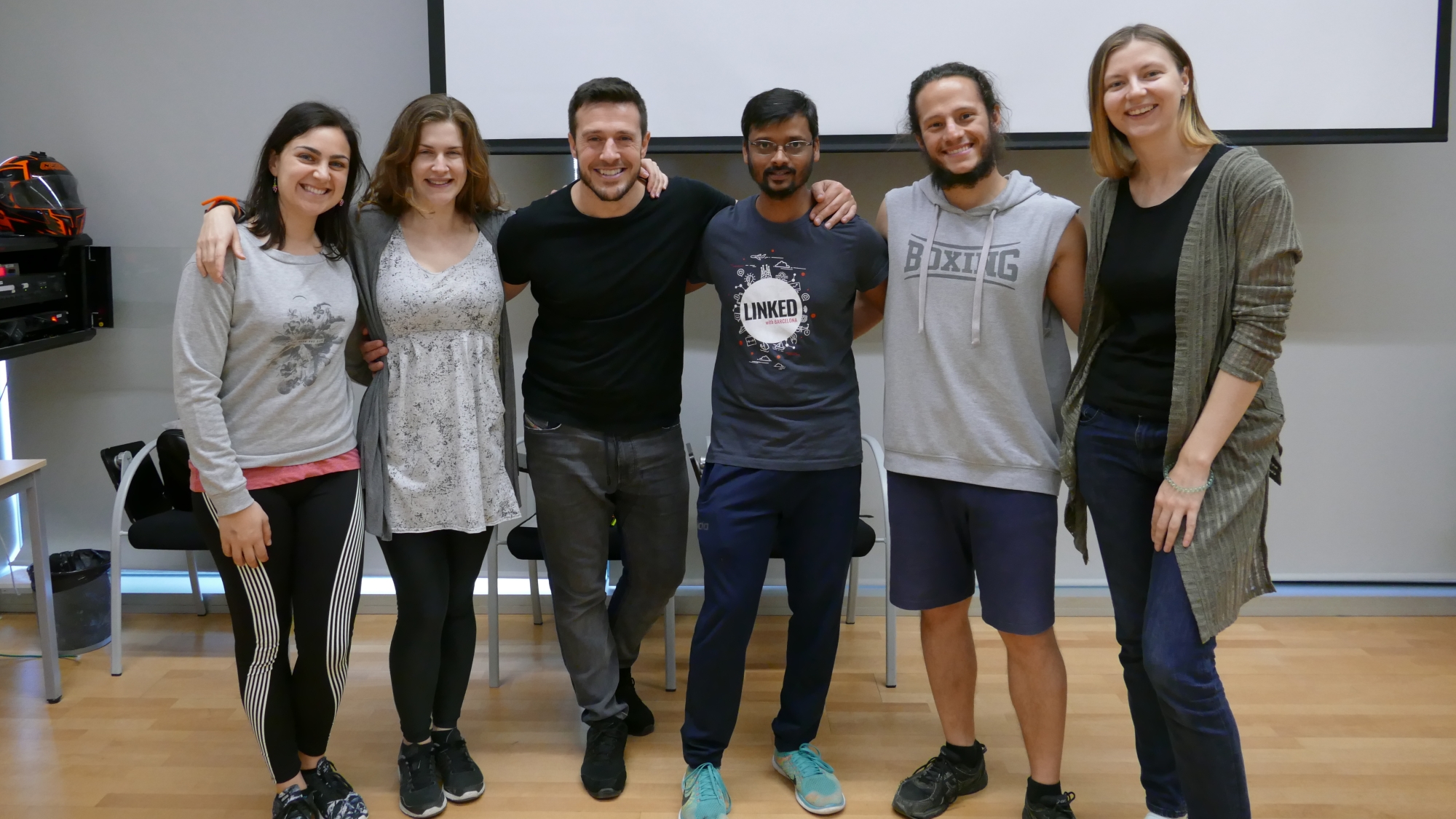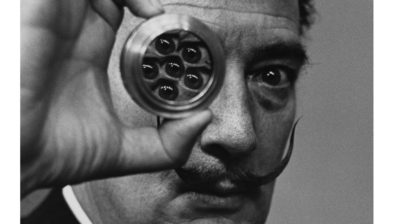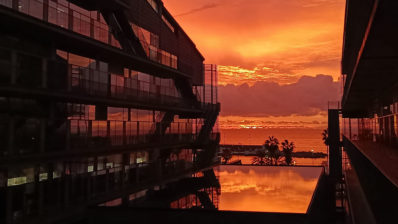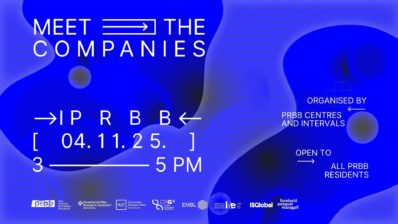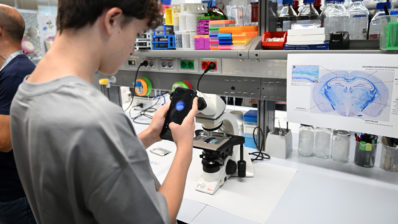In science things don’t generally happen the first time around. Very often scientists need to do several trials, honing their reasoning and fine-tuning the methodology until things work out. That is why they need to be perseverant and optimistic, and also creative and open to exploring new paths that will help them navigate the unknown. It is essential then that besides being up-to-date with the latest technologies and ideas, researchers also strive to strengthen their ability to think out-of-the-box. And there are many ways of fostering creative thinking, most of them involving an artistic experience, like for example drawing, playing an instrument or dancing.
It was with this objective in mind that last May, the Barcelona Biomedical Research Park (PRBB) Intervals programme held the first edition of the workshop Dance your Science – Kinaesthesics for cognitive agility, aimed at challenging researchers to explore alternatives to habitual ways of thinking and communicating. The trainer was Leo Zunda, a choreographer and actor, who already had experience working with scientists, as he was the coach of the two teams competing in the Intervals 10th anniversary Dance your science contest. The participants were nine researchers and research technicians from diverse PRBB centres, who took the challenge of learning how to communicate their research through music and movement.
The workshop was aimed at challenging researchers to explore alternatives to habitual ways of thinking and communicating.
The first part of the workshop was focused on expressing ideas and emotions. By doing different mime-like activities participants realised the importance of body language when delivering a message, and how movements and facial expressions have to be coherent with the ideas and feelings that we want to transmit.
Leo then introduced the concept of storytelling with an exercise where participants had to tell a tale using mainly gestures. This was a fun and practical manner to learn how to extract the key points of a message and also to practise how to convey ideas in a way researchers, in general, are not very used to: with movement.
Participants were then ready to move from tales to scientific concepts, which are in principle more complex and difficult to conceptualise. And for this they turned into molecules, laboratory analysers, computers and mosquitoes that moved to the rhythm of music!
The participants took the challenge of learning how to communicate their research through music and movement.
First the groups represented how machine learning and other deep learning methods can be applied to drug discovery. Then they continued with two other scientific concepts, that fell more into the field of epidemiology: the application of urban climate models to study the temperature-mortality relationships in the different Barcelona districts, and the use of forecasts of climate extremes, such as droughts or floods, to help predict the risk of infectious disease outbreaks.
The feedback was excellent, and all participants acknowledged that not only had the workshop been very useful to spark their creativity, but it also offered tools to connect with an audience, and to be clearer and more schematic when translating complex ideas to non-experts. And they had fun for the same price!
